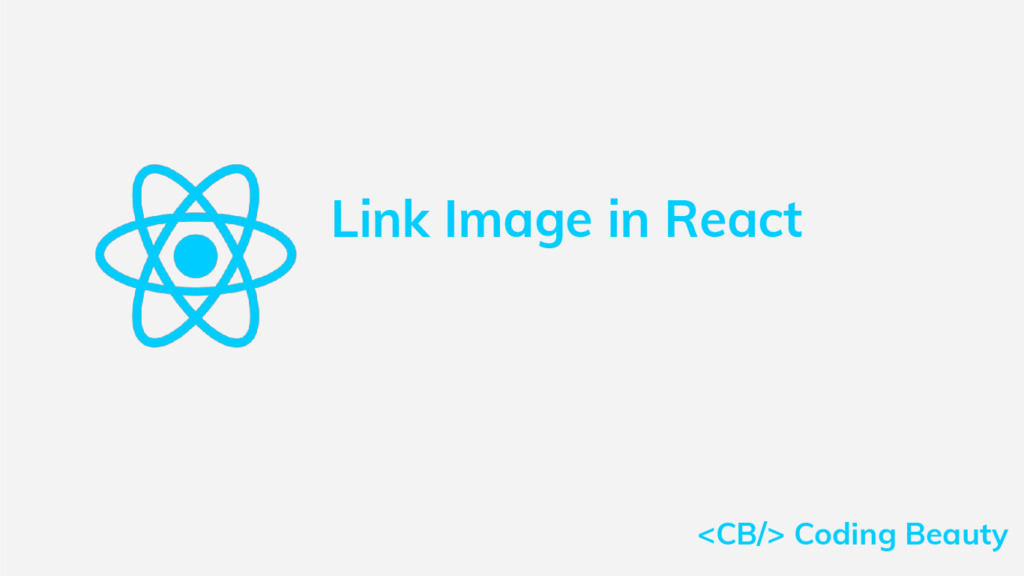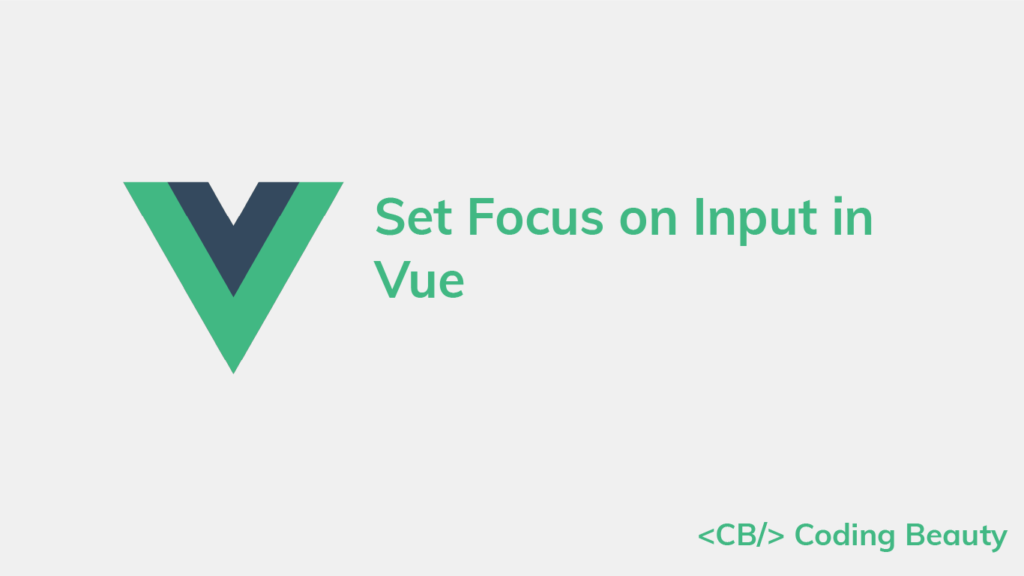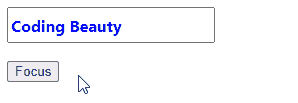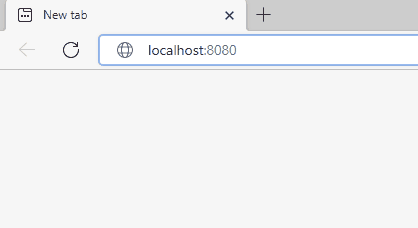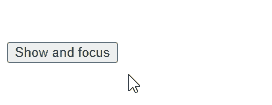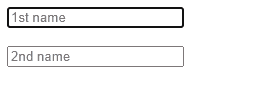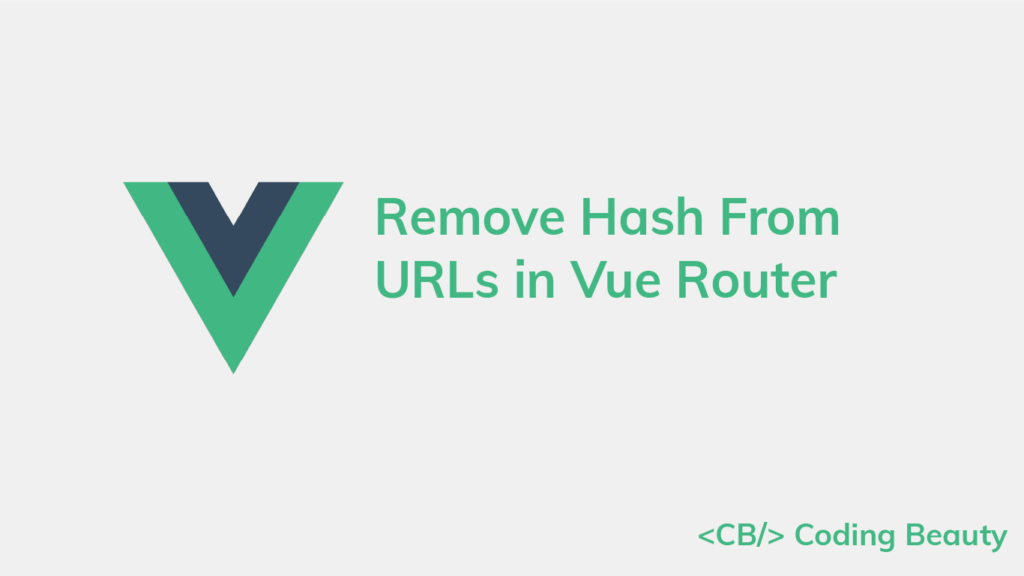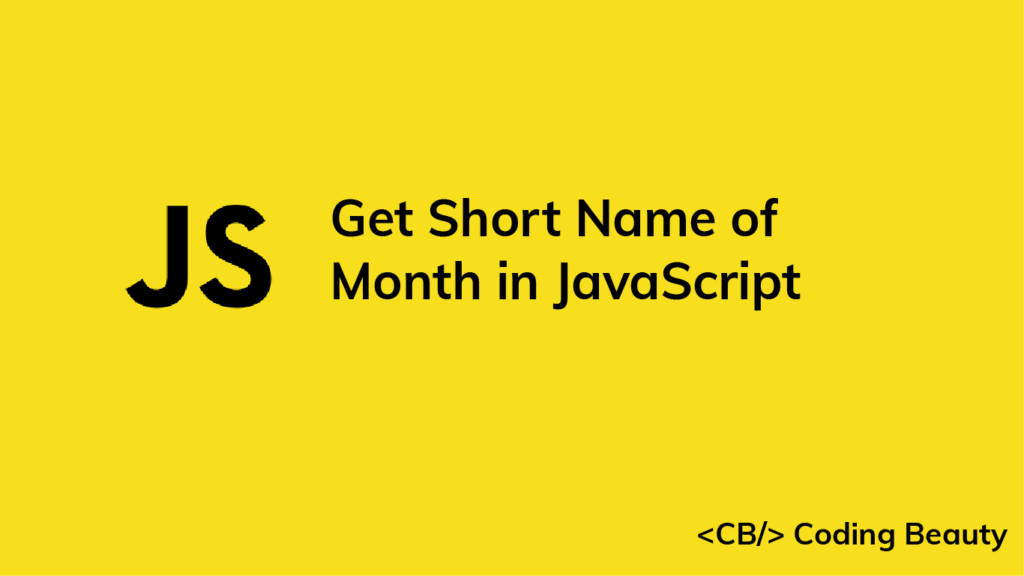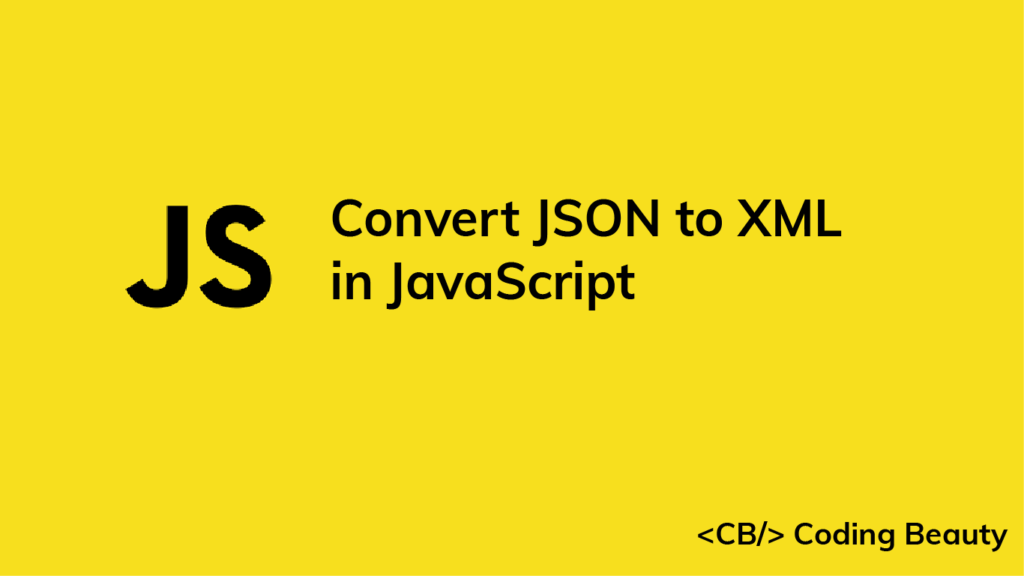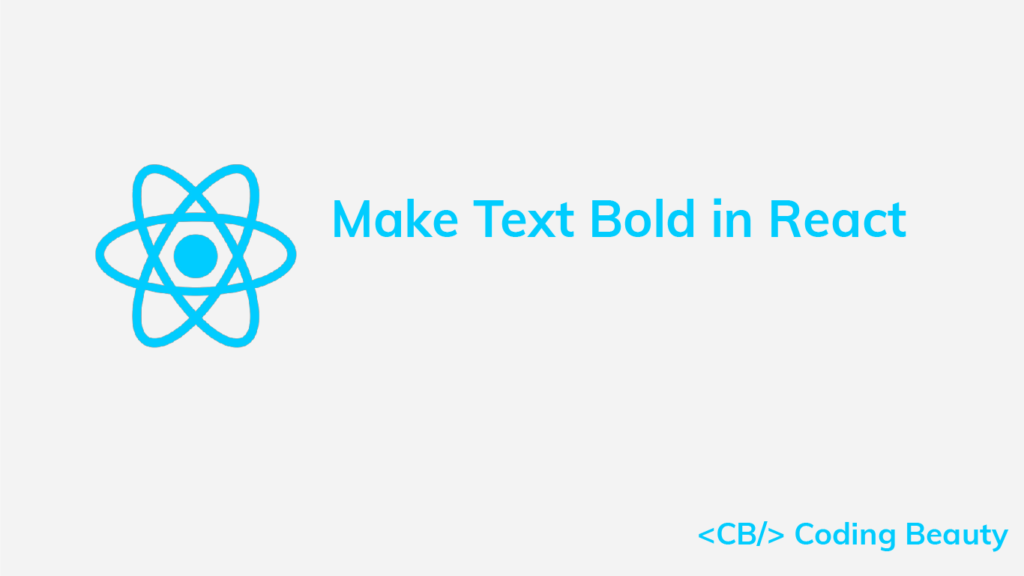How to Remove a DOM Element OnClick in JavaScript
To remove an element from the DOM onclick in JavaScript:
- Select the DOM element with a method like
getElementById(). - Add a
clickevent listener to the element. - Call the
remove()method on the element in the event handler.
const element = document.getElementById('el');
element.remove();
Consider this sample HTML where we create a blue box.
index.html
<!DOCTYPE html>
<html lang="en">
<head>
<title>Coding Beauty Tutorial</title>
<style>
#box {
height: 100px;
width: 100px;
background-color: blue;
}
</style>
</head>
<body>
Click the box to remove it.
<div id="box"></div>
<script src="index.js"></script>
</body>
</html>
Here’s how we can cause the element to be removed when it is clicked.
index.js
const box = document.getElementById('box');
box.addEventListener('click', () => {
box.remove();
});
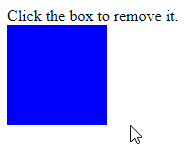
We used the addEventListener() method to add a handler for the click event to the #box element. This event handler will be called whenever the user clicks the box.
In the handler function, we called the remove() method on the element to remove it from the DOM.
We could also have used the target property on the event object passed to the handler to remove the element.
const box = document.getElementById('box');
box.addEventListener('click', (event) => {
event.target.remove();
});
We can use the event object to access useful information and perform certain actions related to the event. For the click event, the target property lets us access the DOM element that was clicked.
Removing the element with the target property is useful when we want to dynamically remove many elements onclick. For example:
index.html
<!DOCTYPE html>
<html lang="en">
<head>
<title>Coding Beauty Tutorial</title>
<link rel="stylesheet" href="index.css" />
</head>
<body>
Click on a box to remove it.
<div class="container">
<div class="box" id="box-1"></div>
<div class="box" id="box-2"></div>
<div class="box" id="box-3"></div>
</div>
<script src="index.js"></script>
</body>
</html>
index.css
.container {
display: flex;
}
.box {
height: 100px;
width: 100px;
margin: 5px;
}
#box-1 {
background-color: blue;
}
#box-2 {
background-color: red;
}
#box-3 {
background-color: green;
}index.js
const boxes = document.getElementsByClassName('box');
for (const box of boxes) {
box.addEventListener('click', (event) => {
event.target.remove();
});
}

We can also remove any one of the elements onclick by adding a single event listener to the parent of all the elements.
index.js
const container = document.querySelector('.container');
container.addEventListener('click', (event) => {
event.target.remove();
});
This is because the target property returns the innermost element in the DOM that was clicked. This is in contrast to the event.currentTarget property, which returns the element that the event listener was added to.

